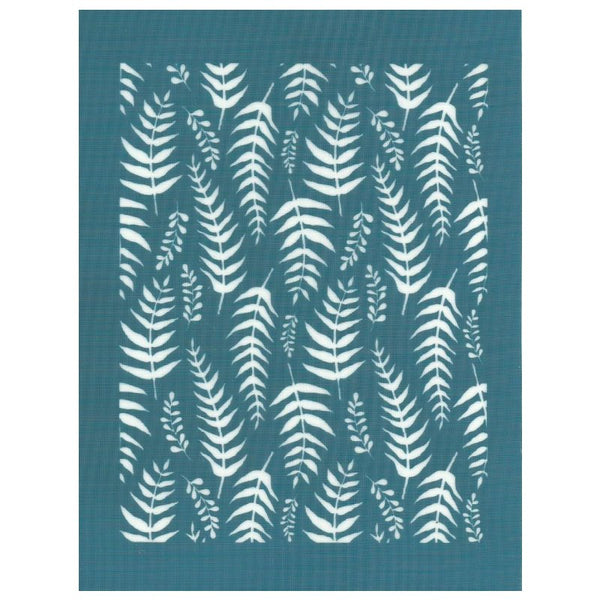

If you want to, in Copper Connection you can view the solder mask by choosing Layer Colors and Visibility in the View menu and checking the box next to the desired solder mask layer.

In fact, you usually won’t even see it in the layout software. In most cases, you won’t edit or alter the solder mask. Solder mask swell amount in Export window Customizing the Solder Mask
Silkscreen designs software#
The software automatically makes holes in the mask that correspond to pads.Īdditionally, the Copper Connection application grows those holes slightly by default, so that moderate manufacturing misalignment (registration error) won’t overlap the pads. Usually, you don’t need to do anything in your PCB software to enable the solder mask. The pads are exposed to allow you to solder parts to them. See how the solder mask coats the entire board except for the pads. In the photo below, the green coating is the solder mask. Solder masks are critical for wave soldering, which is a mass production technique.īut, solder masks also make hand soldering faster, easier, and more accurate. This reduces the likelihood that solder will form bridges (unintended connections) from one element to another. Most importantly, the solder mask keeps the solder on the pads, as opposed to flowing onto traces, planes, or empty board space. It also provides electrical insulation that allows higher voltage traces to be placed nearer to each other. Solder mask (or soldermask) is a coating that protects the circuit from corrosion and electrical shorts. When you order silkscreen, you almost always get solder mask on both sides as well. Part outlines indicate part orientation, and make it obvious when you’ve forgotten to insert a part.īelow is an example of different silkscreen appearances of a part outline, as produced by various manufacturers. Printed circuit board with tin plating solder mask and silkscreenīesides making better use of board space, the silkscreen layer is brighter, providing better contrast for faster hand assembly. The ink is non-conductive and can be placed on top of traces without interference. In the photo below, see how text and part outlines are now a different color than the traces and pads. Now, when you order the boards from your favorite manufacturer, be sure to choose one of their manufacturing options that includes silkscreen.įor prototype runs, silkscreen is usually restricted to the top side of the board, but some manufacturers offer both sides. Quickly move text to the silkscreen layer by choosing Select All Text on this Layer Instead, right click on any copper-layer text, choose “Select All Text on this Layer”, and then choose the new layer (top or bottom silkscreen). If you have already made a board with text on a copper layer, you don’t have to move each text element one at a time. Right: Text on silkscreen layerĬopper Connection includes a bulk selection feature for your convenience. In your layout program, you can place text and part outlines on the silkscreen layer instead of copper.įor example, in Copper Connection simply choose the silkscreen layer before placing text, or select the existing text and switch the layer to silkscreen. You can’t put traces or parts in the same places, as the copper text would interfere and change the circuit. Unfortunately, when part outlines and text are drawn on the copper layer, they are electrically conductive. You don’t need to do anything in your PCB layout software to enable tin coating, as it is simply a basic step in manufacturing. They are acceptable if you want to save money. Tin-plated boards without solder masks or silkscreen are the least expensive.

Printed circuit board with lead-free plating Notice that the metal is whiter than plain copper. The image below shows copper text, traces, and pads plated with a lead-free finish. This coating is easier to solder and slows the rate of oxidation. When you order a professionally-manufactured circuit board, they plate the copper with a mix of tin, lead, silver, and/or other metal. In that case, you will need to scrub or chemically treat the oxidized copper pads before soldering, or else the solder will not stick reliably. Printed circuit board copper-only etched at home (poorly, I admit)Ĭlean copper solders acceptably, but over time the copper oxides. They all have a reddish brown metallic color. Notice the text, pads, and traces are all made out of the same material (copper). If you etch the board at home, the elements will have a similar look to the image below.

Right: Trace, pad, and text elements drawn on top copper layer To see the examples in this article, click on the file and save it.ĭownload Copper Connection, the PCB layout software.


 0 kommentar(er)
0 kommentar(er)
